Intensely so, actually, as massive bonfires up and down the country honour an 8th-century German abbess, St. Walpurga, or Valborg in Swedish.
For those of you ready to point out that the Swedish calendar recognizes Valborg on May 1st, keep in mind that as the holiday contains the Swedish word ‘afton’, it is on the eve of Valborg’s Day that things get hot.
Despite its modern links to Christianity, Valborgsmässoafton, which has been celebrated in Sweden since the Middle Ages, is one of two Swedish holidays which still resemble their pre-Christian merrymaking. The other is Midsummer.
The original pagan festival heralded the onset of the growth season. It attempted to ward off evil, ensure fertility and cleanse the land of the dried and dead of winter. Today, it is still the accepted gateway to long and warmer days.
Few modern Swedes know, and even fewer care, much about the origins of the festival. Nevertheless, they cherish it.
Valborg, as it is fondly, and more conveniently, known, calls for a mountainous bonfire and a crowd. These enormous blazes are either organized by the local municipality or neighbourhood.
The larger, municipality-sponsored bonfires have a carnival-like atmosphere. The less flammable neighbourhood fires have a block-party enthusiasm.
Size doesn’t truly matter in a bonfire – you just have to find or ignite one. The imminent spring elates all and the community unites in spirit. Indeed, there’s almost a spiritual feel to the gathering.
What happens at a typical Valborg brasa or bonfire? Bundled crowds of optimistic Swedes warm themselves facing the blaze. Mischievous children feed the fire with anything flammable they can drag and toss into the flames.
If you’re lucky you experience a most romantic experience where the crowd sings uplifting odes to the spring as they clutch their Valborg beer. These folksongs bring a nostalgic feel which reminds the outdoorsy Swede that better weather and coveted Swedish summer is soon upon them.
If you’re truly fortunate, this is your opportunity to hear some elderly, yet enthusiastic ‘gubbe’ – a certain sort of ageing Swedish chap – rally the crowd with his accordion. The rest of the year he is just the old man with the squeezebox, but today he is the music man, the centre of the party.
Valborg is one day – and they are few and far between in the Swedish calendar – when you can grab a strangers hand and skip and sing without recoil.
If you want the wild, student version then make the pilgrimage to Uppsala or Lund, the two biggest university towns in Sweden. Students guarantee your day will be filled with music, joviality and as much beer as you imagine. There are also rumours of nubile bodies rolling down hills. You’ll have to see it to believe it.
Pure tradition oozes at Stockholm’s Skansen. The open air museum provides a backdrop of genuine Swedish countryside smack in the middle of downtown Stockholm.
However, the most intimate place to celebrate Valborg is close to home. Check your local newspaper or with your neighbours which local park will be lighting up a bonfire. After a long winter cooped up behind closed doors, a brotherly love extends throughout the neighbourhood.
This is your chance to get to know those people that barely lift their eyes at you the rest of the year. And besides, the old guy’s pretty good on that squeezebox.

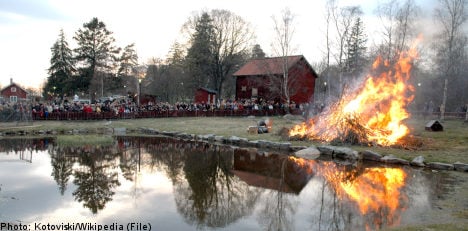

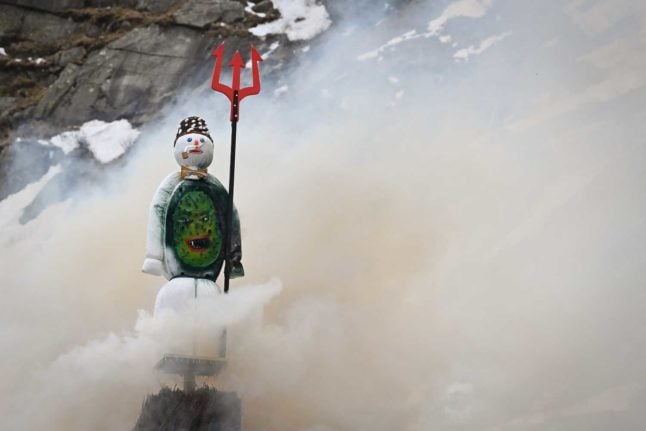
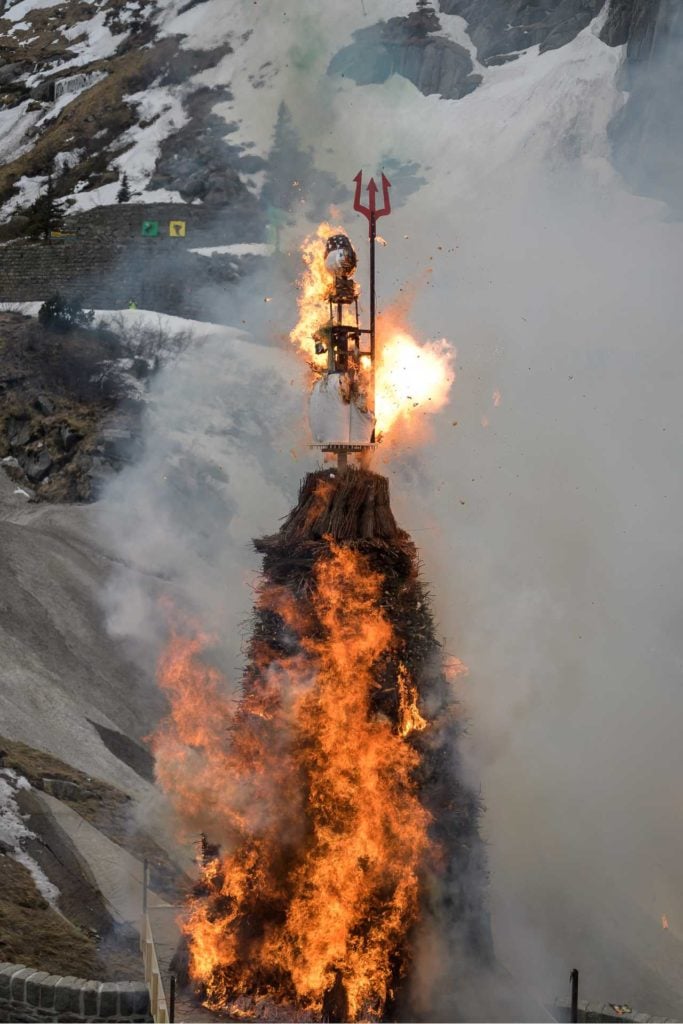
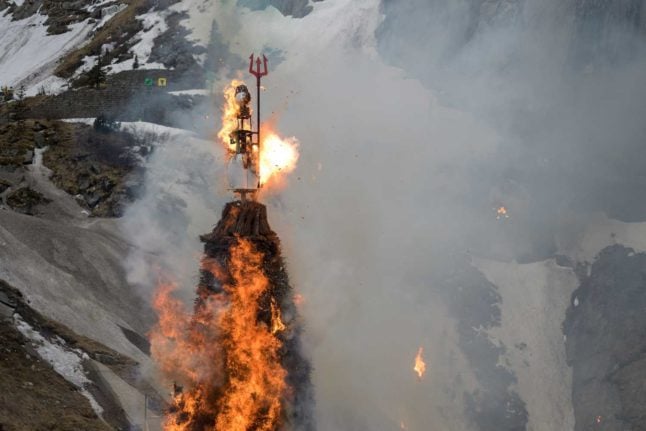
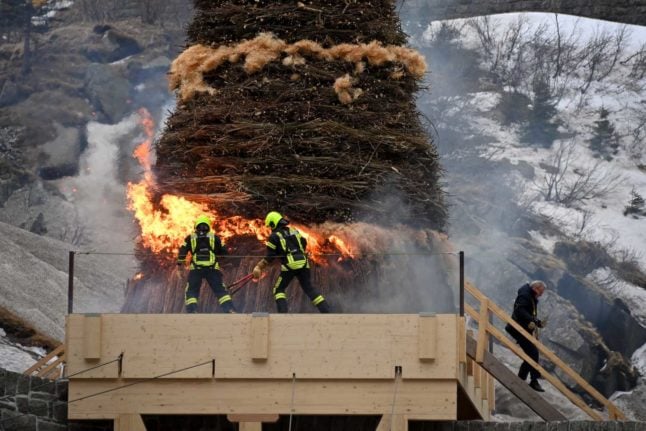
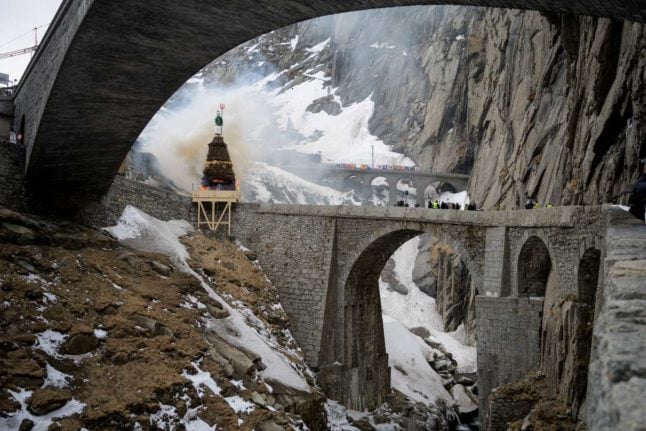
 Please whitelist us to continue reading.
Please whitelist us to continue reading.
Member comments